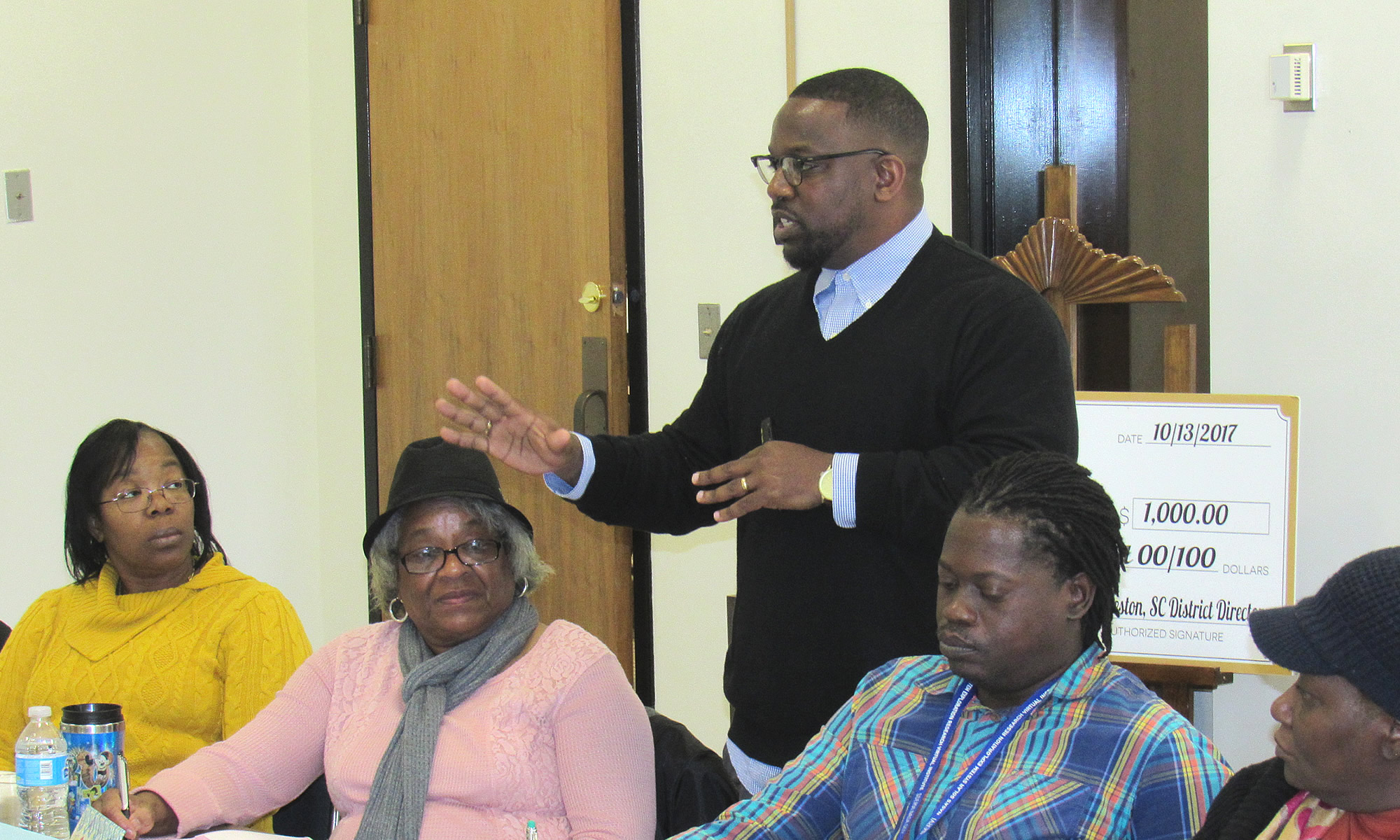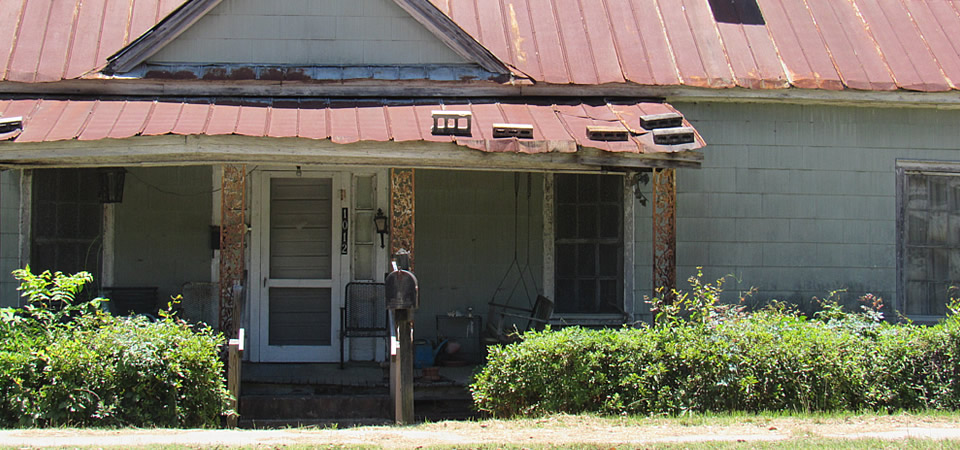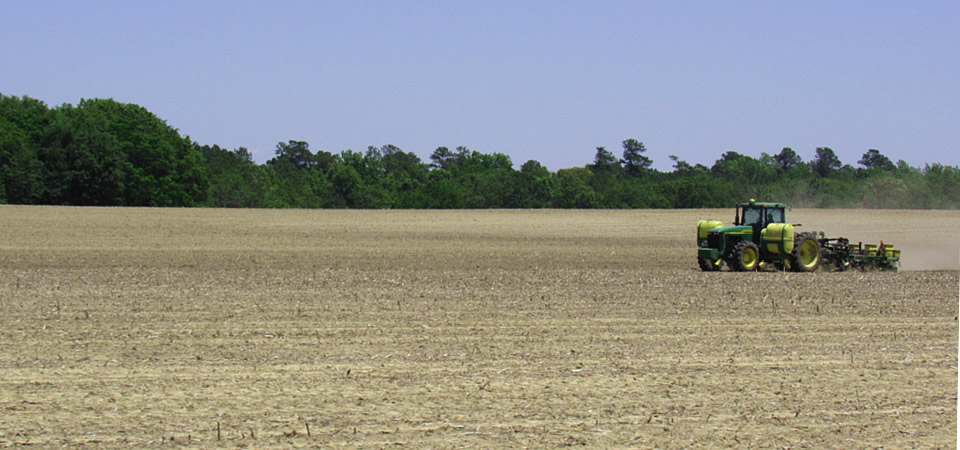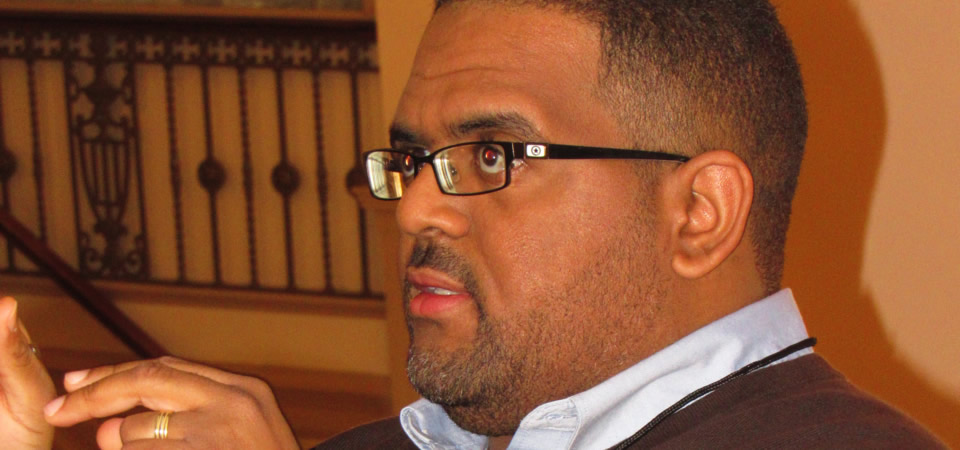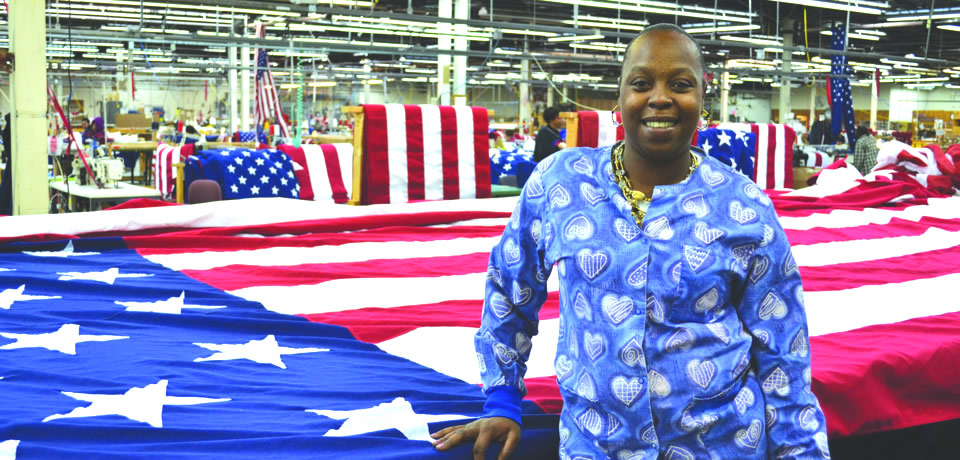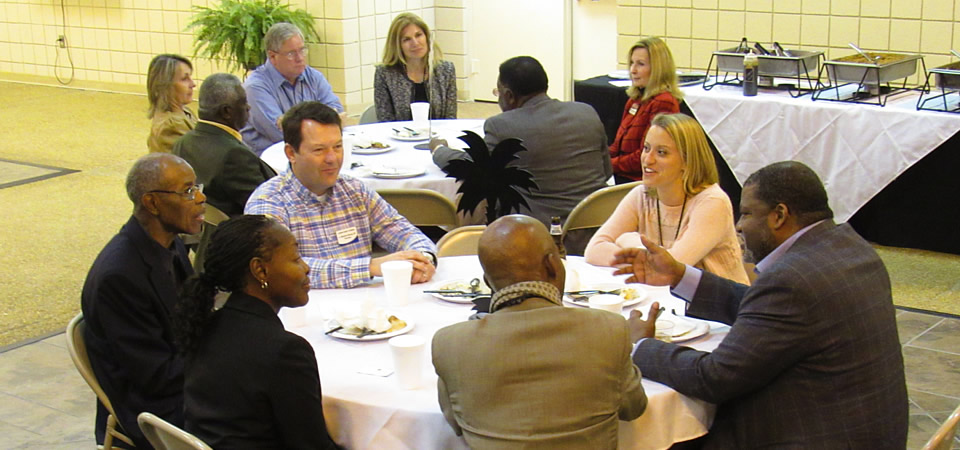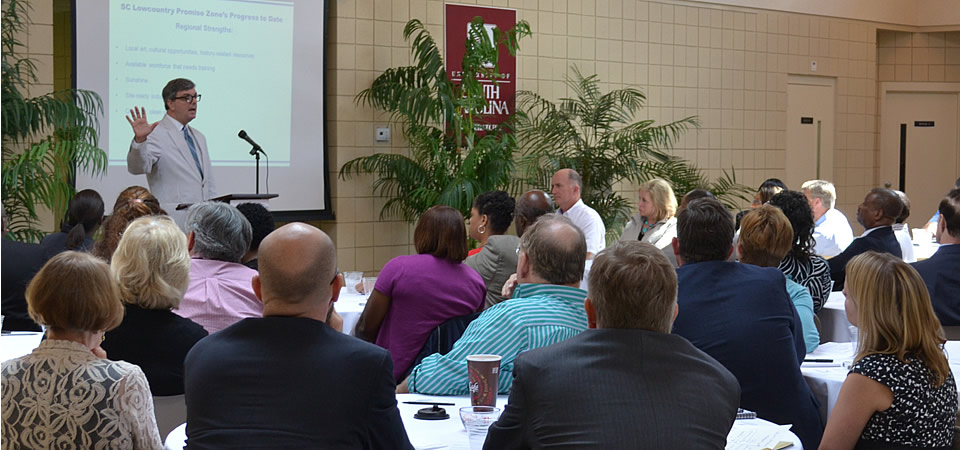You can see bricks on the roof of this Bridge Street house in St. Matthews, S.C., a town of just over 2,000 people in the central part of the state. Bricks? Yep. They’re keeping the tin on the roof from blowing away from periodic high winds that accompany thunderstorms. Continue reading “Bricks on the roof”
It’s that time of the year
Fields across the South are sprouting corn and other crops or getting prepped, as highlighted in this photo of a Calhoun County, S.C., farmer plowing in the Sandy Run community along U.S. Highway 176. Continue reading “It’s that time of the year”
Haskins joins Better South’s board of directors
MARCH 22, 2016 | Virginia community economic developer Conaway B. Haskins III has joined the board of directors of the Center for a Better South, a nonpartisan Southern think tank based in Charleston, S.C. The Center focuses on developing pragmatic ideas, strategies and tactics to help to reduce poverty, increase economic opportunities and work with thinking leaders who want to make a difference in the American South.

“The Center for a Better South is committed to developing and sharing thoughtful, impactful policy ideas with thinking leaders across our region that will make a difference,” said Haskins, pictured at right. “Its recent work with the Promise Zone in South Carolina highlights how organizing people behind a strategy to reduce poverty has the potential for real change in a rural part of the state. Continue reading “Haskins joins Better South’s board of directors”
Center provides more leadership in Promise Zone
MARCH 2016 | A newly-released strategic plan that provides long-term guidance for the S.C. Lowcountry Promise Zone received major input from the Center for a Better South, including production of a four-minute video about the project.
The plan, released earlier this month after town halls, meetings and strategy sessions involving 1,000 people, organizes efforts to reduce poverty in the southern tip of South Carolina through strategic efforts of eight workgroups, each of which has specific goals and all of which seek to achieve transformational goals by working together. Continue reading “Center provides more leadership in Promise Zone”
National leaders provide critical input on Promise Zone

FEB. 2, 2016 | A dozen leading thinkers and analysts from across the South met over the weekend to learn about the S.C. Lowcountry Promise Zone and make suggestions to broaden the impact of its collaborative efforts to reduce poverty. Continue reading “National leaders provide critical input on Promise Zone”
Center outlines Promise Zone’s development
Center for a Better South’s Andy Brack outlines how the counties in the southern tip of South Carolina won the designation as one of the nation’s Promise Zones, a federal program to help areas with economic challenges get help to grow and change lives. Also part of the Sept. 9 meeting agenda for the designation’s partners and supporters: The lead organization, SouthernCarolina Alliance, and Vernita F. Dore, a deputy undersecretary of the U.S. Department of Agriculture. More.
- Photo by Morgan Reuis, SouthernCarolina Alliance.
Wood products, Allendale, S.C.
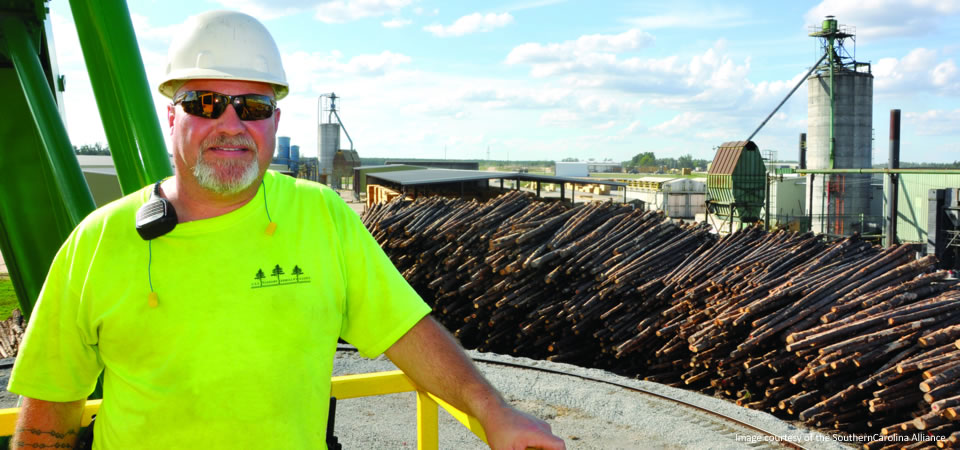
A Collum’s Lumber Products worker smiles from a bird’s eye perch above the lumber and po9le manufacturing plant in Allendale, S.C., one of the six counties in the S.C. Promise Zone. Collum’s is an independent, family-owned wholesale timber business that buys timber to make top quality, sustainable wholesale lumber. More.
Perspective, Worth County, Ga.
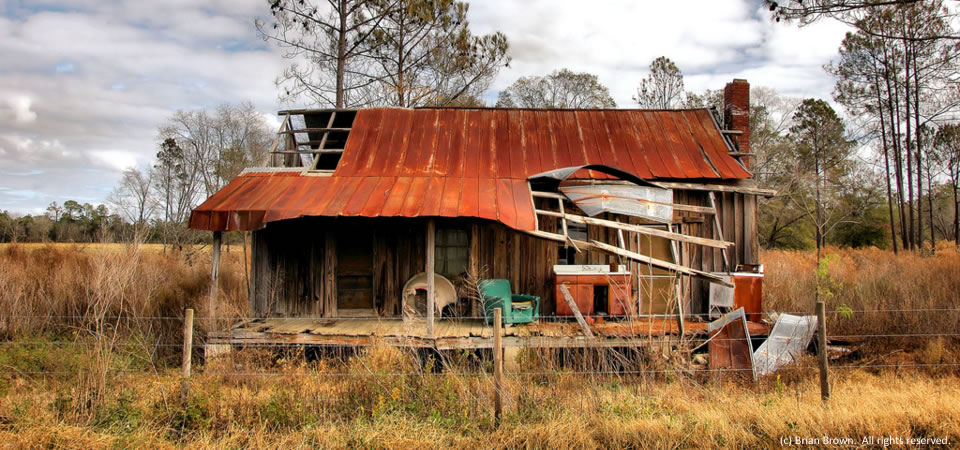
This old tenant farmhouse in wiregrass country along Champion Road in rural Worth County gives a lot of perspective about the decay in infrastructure across the rural South. The photo by VanishingSouthGeorgia.com‘s Brian Brown shows a rusting sink, a rusting washing machine and a sagging green chair as a rusted tin roof threatens to topple onto the porch.
Worth County is located between Albany and Tifton in the central part of South Georgia. The county is home to Peter Pan Peanut Butter. Every jar made is produced in the county seat, Sylvester.
The county had about 21,300 people in 2013, according to the Census with whites representing 68.7 percent and blacks being 29.6 percent. Some 22 percent of people live below poverty levels, according to Census figures.
Photo by Brian Brown from VanishingSouthGeorgia.com is copyrighted. Originally posted on this site in June 2014. All rights reserved
Tin-roofed buildings, Clarendon County, S.C.
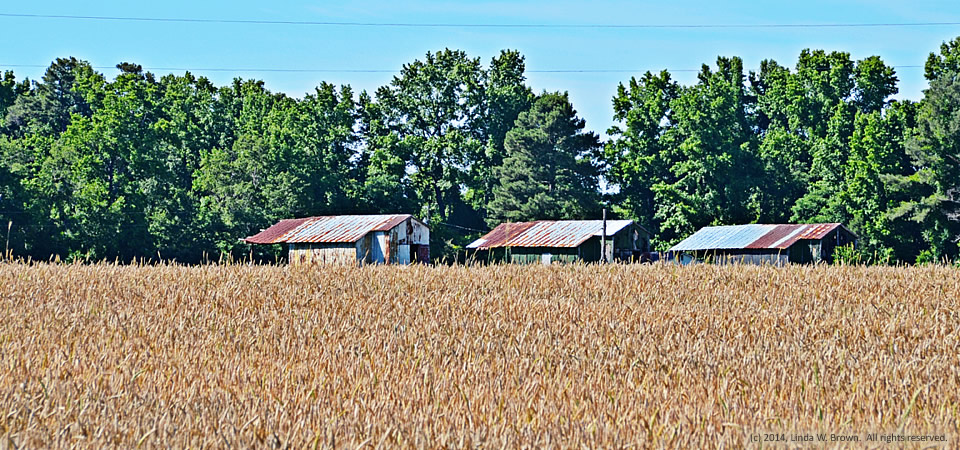
Kingstree, S.C., photographer Linda W. Brown remembers taking this picture last year in rural Clarendon County. They could be storage buildings or old tenant homes, she recalled.
Clarendon County has 34,357 people, according to the U.S. Census Bureau’s 2012 population estimate. About half of the county’s residence are white; the other half are black. Some other statistics:
- High school graduation rate of those 25 or older: 76.3 percent.
- Bachelor’s degree graduates: 13.8 percent
- Median household income: $33,267
- Poverty rate: 22.8 percent
Photo taken in 2013 by Linda W. Brown and originally posted in September 2014. Copyrighted; all rights reserved.
Metal farm building, Jenkins County, Ga.
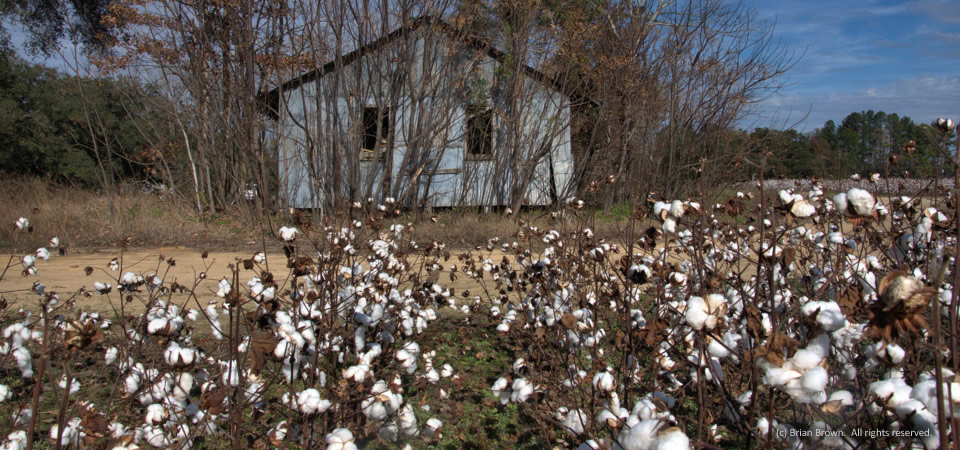
It won’t be long before its time to pick cotton in rural counties across the South. This photo, by VanishingSouthGeorgia.com photographer Brian Brown, shows an old corrugated metal farm building on the plantation that includes the Mathew Sheppard Brinson house (1888) in Jenkins County, Ga.
Jenkins County, whose county seat is Millen, was home to 9,213 people, according to the U.S. Census in 2012, an increase of 10 percent from two years earlier. Almost 30 percent of residents live in poverty.
Photo by Brian Brown, 2013. Photo originally posted on this site in September 2014. All rights reserved.
